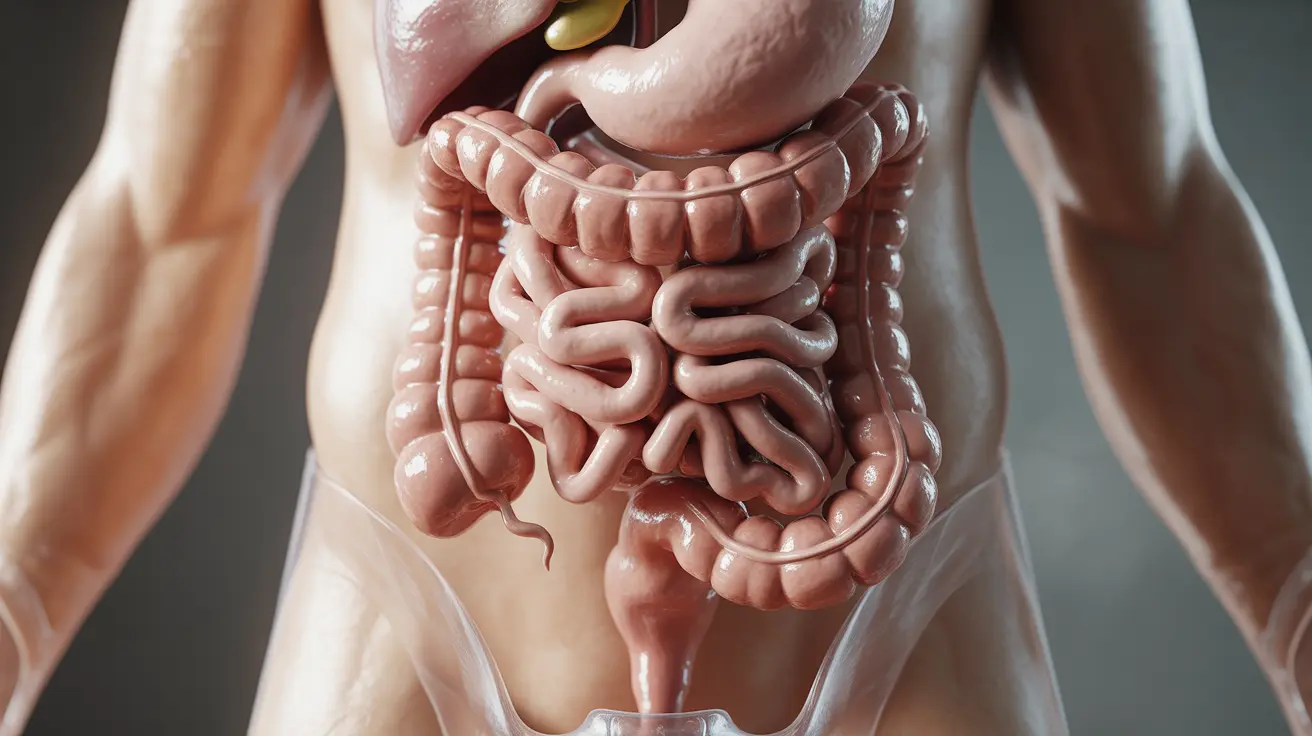Having a newborn in the Neonatal Intensive Care Unit (NICU) for low blood sugar can be a concerning experience for parents. Understanding what to expect during this time, including the typical length of stay and treatment options, can help families better cope with this challenging situation.
This comprehensive guide will explain what causes low blood sugar in newborns, how it's treated in the NICU, and what factors influence the length of hospital stays for affected babies.
Understanding Neonatal Hypoglycemia
Neonatal hypoglycemia, or low blood sugar in newborns, is a common condition that occurs when a baby's blood glucose levels fall below normal ranges. This condition requires prompt medical attention to prevent potential complications and ensure proper brain development.
Common Causes of Low Blood Sugar in Newborns
Several factors can contribute to low blood sugar in newborns:
- Premature birth
- Being large for gestational age
- Maternal diabetes during pregnancy
- Difficulty feeding
- Certain medical conditions
- Birth stress or trauma
Typical NICU Stay Duration for Low Blood Sugar
The length of time a baby stays in the NICU for low blood sugar can vary significantly based on several factors. Most babies with uncomplicated cases typically stay between 24 hours to 3 days. However, some may require longer stays depending on their response to treatment and other underlying conditions.
Factors Affecting Length of Stay
Several key factors influence how long a baby needs to remain in the NICU:
- Severity of initial blood sugar levels
- Response to treatment
- Feeding ability
- Presence of other medical conditions
- Overall stability of vital signs
Treatment Approaches in the NICU
Healthcare providers use various treatment methods to stabilize blood sugar levels in newborns. The choice of treatment depends on the severity of the condition and the baby's response to initial interventions.
Immediate Interventions
Treatment typically begins with:
- Frequent feeding attempts
- Oral dextrose gel application
- Blood sugar monitoring
- IV glucose administration if needed
Advanced Treatment Options
For cases requiring more intensive management:
- Continuous glucose monitoring
- Specialized feeding plans
- Extended IV therapy
- Medication management if necessary
Monitoring and Discharge Criteria
Before discharge, babies must meet specific criteria to ensure they can maintain stable blood sugar levels outside the hospital setting. This typically includes:
- Maintaining normal blood sugar levels without intervention
- Successful feeding patterns
- Stable vital signs
- Parent education completion
Frequently Asked Questions
How long do babies with low blood sugar typically stay in the NICU?
Most babies with low blood sugar stay in the NICU for 24-72 hours, though this can vary based on individual circumstances and response to treatment. Some may need longer stays if their condition is more complex or if they have additional medical needs.
What treatments are used to manage neonatal hypoglycemia and reduce NICU time?
Common treatments include frequent feeding, oral dextrose gel, IV glucose administration, and continuous monitoring. The specific treatment plan is tailored to each baby's needs and adjusted based on their response.
What are the common causes and symptoms of low blood sugar in newborns?
Common causes include premature birth, maternal diabetes, and feeding difficulties. Symptoms may include jitteriness, poor feeding, lethargy, and in severe cases, seizures. Many babies may not show obvious symptoms, which is why monitoring is crucial.
How does oral dextrose gel help in treating low blood sugar in infants?
Oral dextrose gel is applied to the baby's inner cheek, providing a quick source of glucose that can help raise blood sugar levels. This treatment is often effective for mild cases and can help avoid more invasive interventions.
What are the risks if neonatal hypoglycemia is not treated promptly?
Untreated neonatal hypoglycemia can lead to serious complications, including seizures, brain damage, developmental delays, and long-term neurological problems. This is why prompt identification and treatment are essential.




